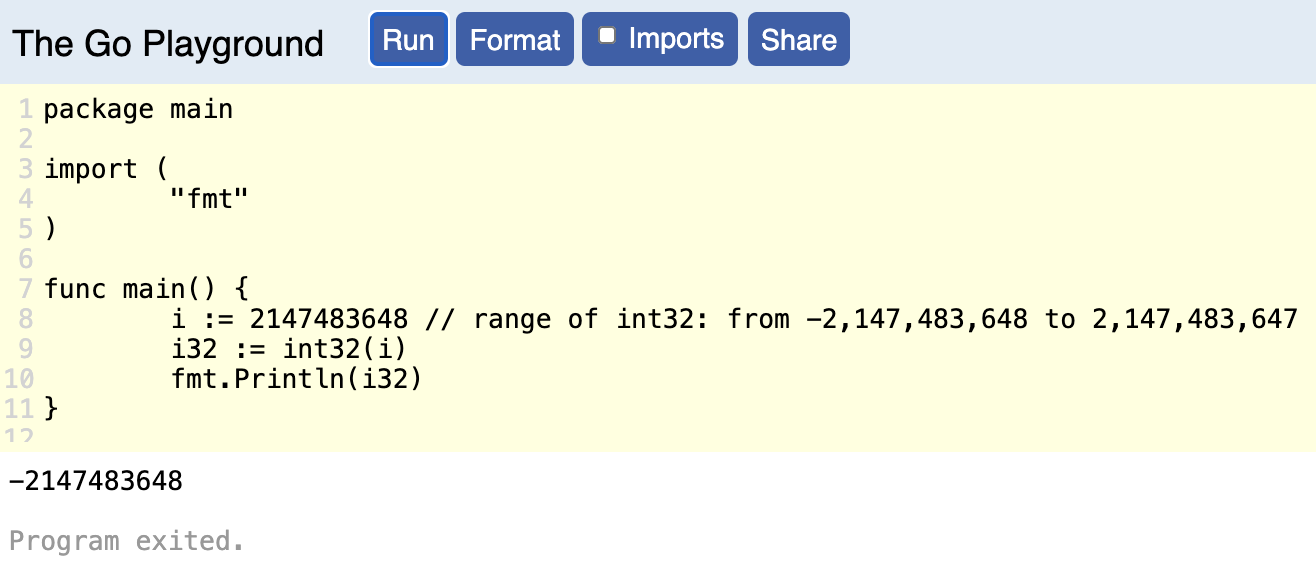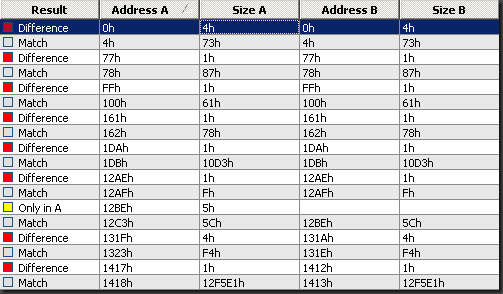

ORA #%10000000 accumulator crossed from below $7F to above $80, but ORA doesn't affect the overflow flag.īVS ErrorHandler whether this branch is taken has NOTHING to do with the ORA instruction. INX although X went from $7F to $80, INX does not affect the overflow flag!īVS ErrorHandler whether this branch is taken has NOTHING to do with the INX instruction. Therefore, signed overflow can be "missed" by the CPU very easily if it occurs in other ways: The only arithmetic instructions that affect the overflow flag are ADC and SBC. Keep in mind that not all instructions affect the flags in the same way. LDA #$FFīCS ErrorHandler this branch will always be taken. These flags will automatically be set or cleared depending on the results of a calculation that can affect them.īVS ErrorHandler this branch will always be taken. BCC Branch if Carry Clear (unsigned overflow did not occur).BCS Branch if Carry Set (unsigned overflow has occurred).

BVC Branch if Overflow Clear (signed overflow did not occur).BVS Branch if Overflow Set (signed overflow has occurred).The following instructions allow for branching based on the state of these flags: Unsigned overflow (crossing the FF-00 boundary) is detected by the CPU's carry flag C. Signed overflow (crossing the 7F-80 boundary) is detected by the CPU's overflow flag V. With the same program, if you unmask bit 20 by:īITFPO DC BL1'00001000' bit20=1 6502 Assembly 8-Bit Overflow

You will have the S0C8 system abend code : fixed point overflow exception

If you mask, you can test it in your program: Two non-privileged instructions (IPM,SPM) are available for retrieving and setting the program mask of the current PSW. You can choose to manage or not the binary integer overflow with the program mask bits of the PSW (Program Status Word).
36.2 Program to check behavior when overflow is not detected. 36.1 General behavior regarding overflow. It is okay to mention, when a language supports unlimited precision integers, but this task is NOT the place to demonstrate theĬapabilities of unlimited precision integers. When a language has no fixed size integer type, or when no integer overflow can occur for other reasons, this should be noted. This should be done for signed and unsigned integers of various sizes supported by the computer programming language. It should be explicitly noted when an integer overflow is not recognized, the program continues with wrong results. When the integer overflow produces some value, print it. When the integer overflow does trigger an exception show how the exception is caught. Result that does not fit into a 32-bit unsigned integer Result that does not fit into a 64-bit signed integer Result that does not fit into a 32-bit signed integer The program should demonstrate what the following expressions do. These computations must be done such that the result would overflow. When a language has fixed size integer types, create a program thatĭoes arithmetic computations for the fixed size integers of the language. The result can be too small or too big to be representable in the fixed size integer. This allows high performance and is the main reason to support machine level integers.Īn integer overflow happens when the result of a computation does not fit into the fixed size integer. The integers supported by such a type can be signed or unsigned.Īrithmetic for machine level integers can often be done by single CPU instructions. This integer types have fixed size usually 8-bit, 16-bit, 32-bit, or 64-bit. Some languages support one or more integer types of the underlying processor. You are encouraged to solve this task according to the task description, using any language you may know.








 0 kommentar(er)
0 kommentar(er)
